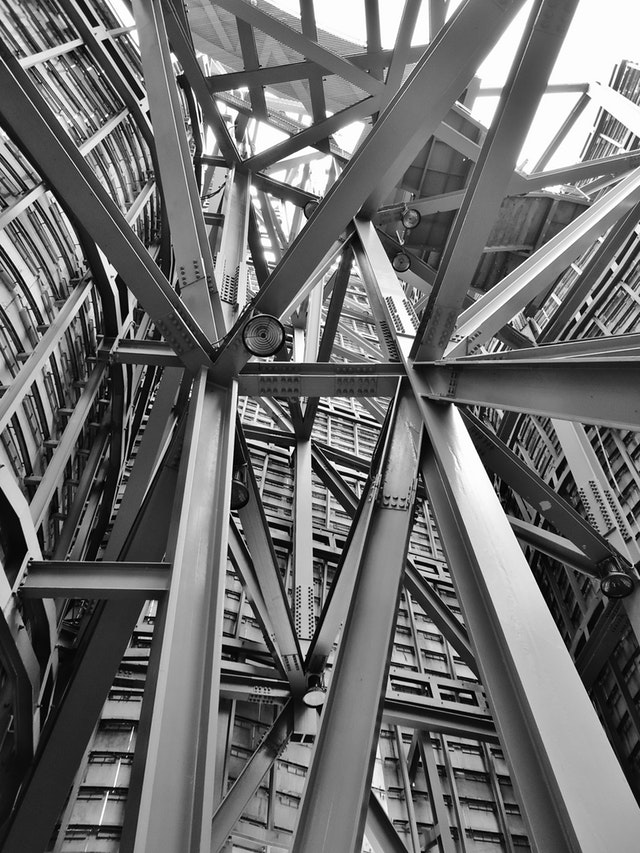It’s not quite fair to say that America is the birthplace of the modern steel industry. Other Western nations, particularly the United Kingdom, played a crucial role in its emergence.
But nowhere else has the steel industry been quite so dynamic, iconic, or integral to national identity as right here in the United States. Modern America was quite literally built from steel — its transportation infrastructure, built environment, and military might all depend on the availability and quality of American-made steel. Vast fortunes were forged in the mills of Pittsburgh, Cleveland, and Chicago; steel firms there and elsewhere continue to support living-wage employment and stable middle-class lifestyles.
The story of American steel and iron is an inspiring one, to be sure. Let’s take a brief walk down memory lane to discover how we got here.
Early Steelmaking: Inefficient, But Powerful
Intrepid industrialists began converting iron ore to pig iron well before the ratification of the U.S. Constitution, but the modern steelmaking industry didn’t really take shape until the middle of the 19th century.
Back then, metalworking was wildly inefficient by modern standards. Producing one ton of construction-grade steel required more than a ton of coke, or metallurgical coal. Unsurprisingly, the first large-scale steel mills sprang up near the massive coal deposits of the Appalachian mountain chain, which stretched from New York state to Alabama.
Early steelmaking hubs included the Lehigh Valley of eastern Pennsylvania, the greater Pittsburgh region of southwestern Pennsylvania, and the emerging Great Lakes port of Cleveland, Ohio.
A National Network Develops

Since the modern steel industry’s inception, the bulk of the iron ore required to produce new steel has come from Lake Superior basin, chiefly northern Michigan and Minnesota. As the U.S. center of population spread westward, a super-regional shipping network developed to transport minimally processed ore to the mills on the southern shores of Lakes Michigan and Erie, hundreds of miles away.
By the turn of the 20th century, hundreds of thousands of Americans from northern Minnesota to eastern Pennsylvania were directly employed in steelmaking and steel distribution. In addition to Pittsburgh and Cleveland, major cities like Detroit, Chicago, and Buffalo owe their existence to the rapid growth of U.S. steel production.
Building America, One Beam At a Time
In the early 20th century, the U.S. steel industry got a major boost from the advent of the skyscraper. The relationship was symbiotic: Skyscraper construction wouldn’t have been possible without high-strength steel beams, and the steel industry wouldn’t have rained prosperity on the industrial Midwest without the resultant urban boom.
The rapid growth of steel-framed cities created tremendous opportunity for former inhabitants of downtrodden rural areas. During the first half of the 20th century, millions migrated from the interior South and Midwest to booming industrial cities in the Great Lakes and Northeast, transforming them forever.
More to Come
The final chapter of the history of the American steel industry has yet to be written, of course. But that doesn’t mean we shouldn’t celebrate the achievements that have brought us to this point. Every epic deserves an interlude.
Where the American steel industry goes from here is anyone’s guess. If the hardworking men and women who make so much possible have anything to say about it, the coming century will be as glorious as the last.







